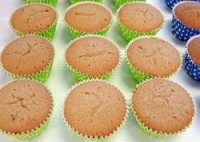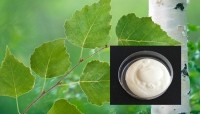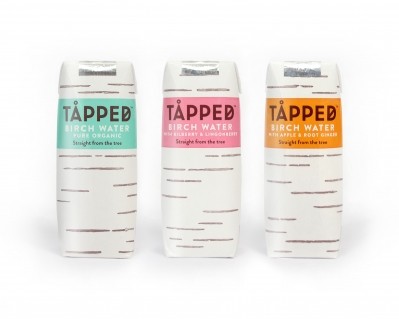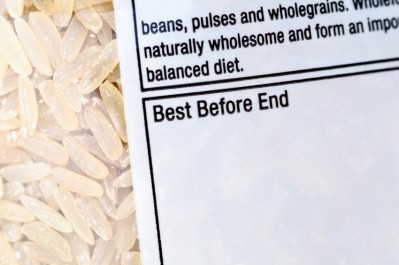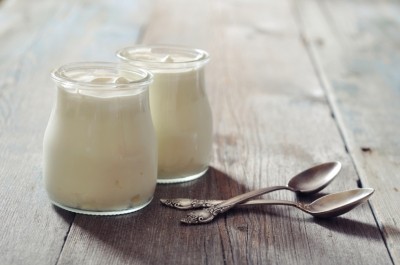Wood-derived ingredients: Clean label innovation or consumer turn-off?
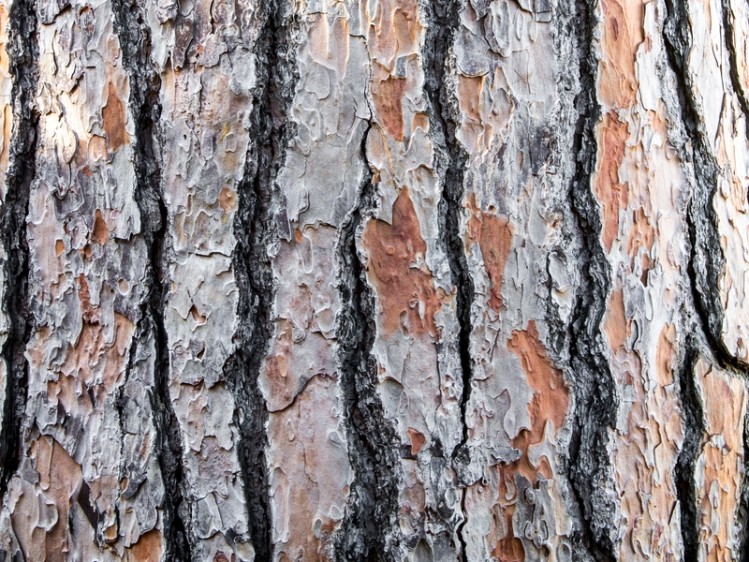
Developed at the Technical Research Centre of Finland's (VTT) pilot-scale facilities for the development and production of ingredients from agricultural and forest-based raw materials for industry, the additives can out-perform current ingredients, shorten ingredient lists and have health-improving potential.
Fibrillated cellulose as a thickener
Produced by wet-grinding cellulose fibres from wood pulp or cotton linters, fibrillated cellulose is an "exciting" ingredient already used in food applications in Japan, say the researchers.
"It is particularly useful for its ability to bind water at low concentration and form a web-like gel. Fibrillated cellulose could be utilised as [a] thickening and stabilising agent for instance in fermented dairy products, such as yoghurt."
Senior scientist Lille Martina told FoodNavigator it had unique properties compared to other texturising agents currently available on the market.
It is non-caloric and does not affect glucose response; retains its functionality at low temperatures and is shear-stable; it is not sensitive to changes in pH levels or salt concentration and provides viscosity when heated. This multifunctionality means shorter ingredient lists and, unlike starch, chemical modification is not necessary.
“The purpose is to get many of the above-mentioned functionalities using a single additive, which would decrease the number of additives needed in food products.”
“[And] all the possibilities are not even known yet,” she added.
Recent studies also suggested cholesterol-lowering effects, with the findings due to be published in a scientific journal.
Lignin in emulsions and foams
Lignin is a hydrocarbon that provides structural support in trees - current technical applications are mostly in food packaging and bioplastics - but it also occurs naturally in cereal grains, so while the use of isolated lignin in food applications is novel, consumers are already eating it on a daily basis.
As a waste product of the pulp and paper industry, it is also abundant and inexpensive.
It could be used to boost the texture of emulsions and foams, and to reduce oxidation in foods. The researchers at VTT tested lignin in muffins, finding that it gave a fluffier texture and also proved to be a “surprisingly efficient” substitute for whole eggs and egg yolks. In mayonnaise it can be used as an emulsifier and keeps meat products juicy.
With minor modifications, it could also be used as a thinning agent to reduce the viscosity of certain products.
Xylan as a texture enhancer
Xylan, a hemicellulose extracted from birch pulp, is a promising ingredient as a texture enhancer. Added at 1.5% and 3% concentrations the researchers found it improved the smoothness and stability of yoghurt,
preventing water separation.
“Xylan is also an interesting compound to be used as [a] dietary fibre ingredient as it showed relatively slow but still significant fermentation in the colon model,” said Martina.
It also breaks down more slowly in the gut meaning it doesn’t cause flatulence unlike other commonly used fructans, said the researchers.
Pulling the wood over consumers’ eyes?
Principal scientist Anna-Marja Aura at VTT working on the project said: “The most potential technologies to produce these ingredients are still being developed, and therefore these ingredients are not available as food additives on the market in Europe and they are not yet accepted as food additives in Europe.”
EU regulation requires novel food approval for some of the ingredients, with the interested supplier submitting the application. But even once the regulatory hurdles are overcome, do consumers really want to see wood-derived ingredients on their food labels?
Aura points out wood-derived ingredients are already food industry staples – vanillin is one. Other examples include the sweetener xylitol, phytosterol and carboxymethyl cellulose, a hydrocolloid also known under the more label-friendly term cellulose gum.
Most consumers may not necessarily be aware of where these additives come from but when they do find out the reaction is not always positive.
US manufacturers of parmesan cheese found this out recently when faced with accusations of adding wood pulp to cheese.
While in Europe cheese marketed as Parmesano-Reggiano has a protected designation of origin and may only contain three ingredients - milk, salt and rennet - US manufacturers are permitted to add cellulose as an anti-clumping ingredient.
Nevertheless, US sales of grated parmesan are still rising despite the controversy.
Jørgen Fyhn Bjerkenes, regional sales manager at Borregaard Ingredients, told us earlier this year clean label is a term which can mean different things to different people. Yet the Norwegian company, which produces vanillin from spruce trees, is of the opinion that its ingredients are clean.
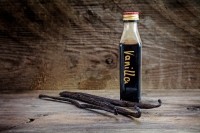
“Vanillin can be clean label depending on the source. For example, according to our understanding, sustainable vanillin produced from natural raw material like spruce trees can be included in a clean label. On the other hand, vanillin from oil derived alternatives cannot,” he said.
For Aura, if suppliers can keep processing to a minimum, then consumers should be happy
“As far as we know, clean label is dependent on how the components are isolated and purified, and in most cases there is no need for chemical modifications. Minimal processing should be favoured when producing these ingredients. Production techniques should be optimised accordingly,” she said.
